Art educators spend an enormous amount of time and energy finding and preparing exciting and engaging art lesson plans. Many ceramics projects take multiple class periods to complete, and keeping clay elastic and workable during that period of time requires that you create the ideal environment.
The Ideal Wet Clay Storage Environment
While it might be impossible to truly create the ideal clay storage environment in your art classroom space, there are steps you can take to help preserve your students’ in-process ceramics projects between class periods.
Wrapping Materials
Clay will dry out quickly if left exposed to the air, so it should be carefully wrapped in between class periods. Choose which one of these three common clay preservation methods is the best fit for your classroom space and project:
Wet Burlap
Wrapping an unfinished ceramics project or wet clay in a damp cloth (like durable and washable burlap) can also help it to retain moisture for shorter periods between work sessions.
Consider also using a spray bottle to add moisture to the cloth around the clay projects between class periods to ensure that they remain workable.
Plastic Wrap/Bags
Plastic wrap is one of the most common ways to keep clay from drying out. It’s particularly versatile because it can be easily wrapped completely around a project and will keep the most air from reaching the clay.
Whether wrapping projects in plastic wrap or a damp piece of cloth, projects should be stored between class periods in plastic bags that, when sealed tightly, will keep the clay from drying out.
Specialized Clay Storage
There are also specialized clay storage solutions available that will keep clay projects workable between class periods. These versatile shelving units can be used to store wet clay while also keeping it safe.
Temperature Control
Keeping clay in a warm, humid environment will help it to retain moisture for a longer period of time. While a warm and dry environment will dry out clay if it is not stored in a sealed container, freezing temperatures can cause clay to flake and fracture.
As the water particles that bind together clay platelets freeze, they expand and become solid, pushing the platelets apart. Even if the clay was only slightly frozen, the clay platelets and water molecules need to be forced back together or the clay will dry with cracks and fractures.
It’s important to consider the environment of your art room and storage space, being careful to plan your ceramics projects around the requirement to keep clay from freezing and drying out between work sessions.
Keeping Clay Workable Between Art Classes
Keeping wet clay in the art classroom space can be a challenge, but if you prioritize the storage of your wet clay, your students are sure to enjoy the opportunity to explore creating their own ceramic art pieces.
To find ideas for ceramics art lesson plans, be sure to visit the Art Lesson Plans tag page and get inspired. If you’re looking for more specialized and high quality tools for your art learning space, stop over and look through the online store to find thousands of art teacher supplies.

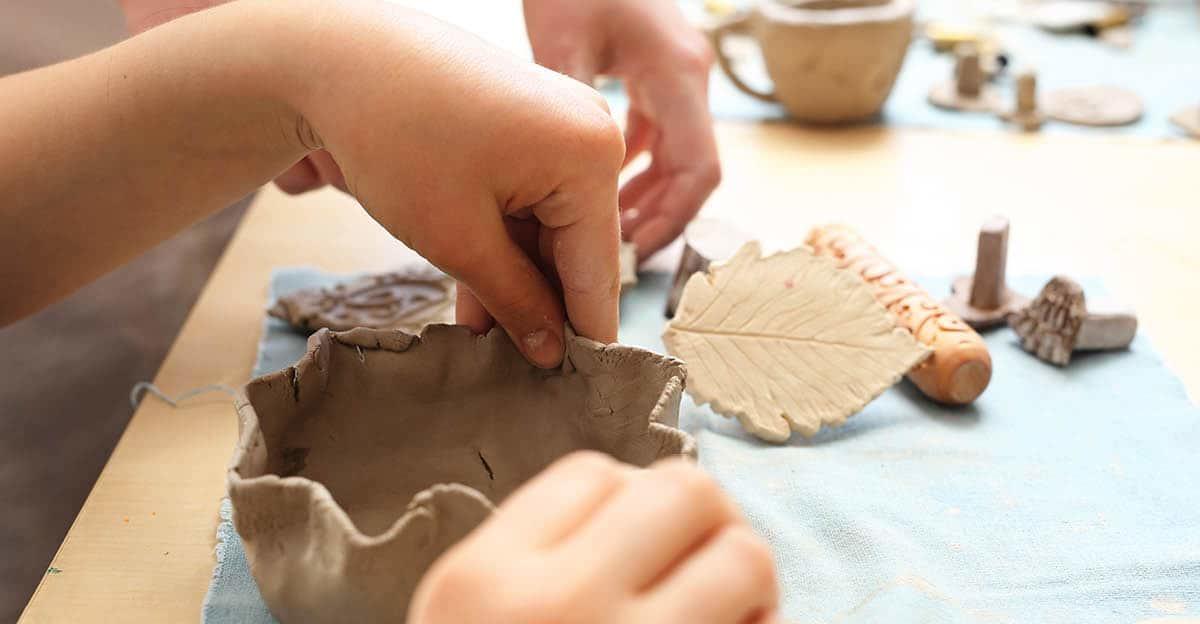
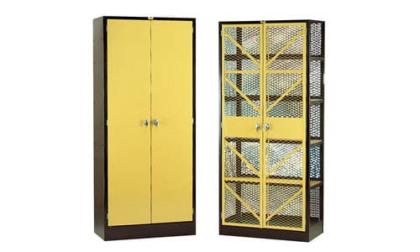
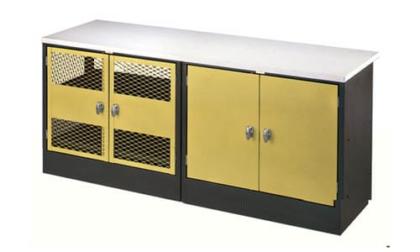
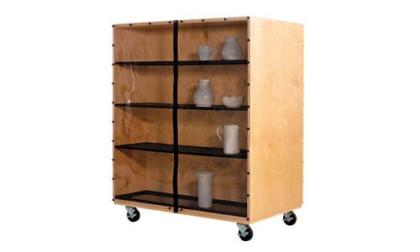



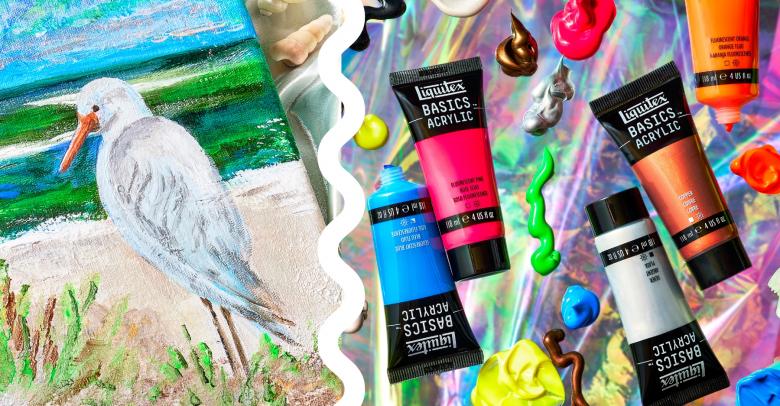
[…] fresh. The use of a damp box will also be a great solution for keeping clay projects wet. Here are some additional ideas to keep the moisture in works in […]